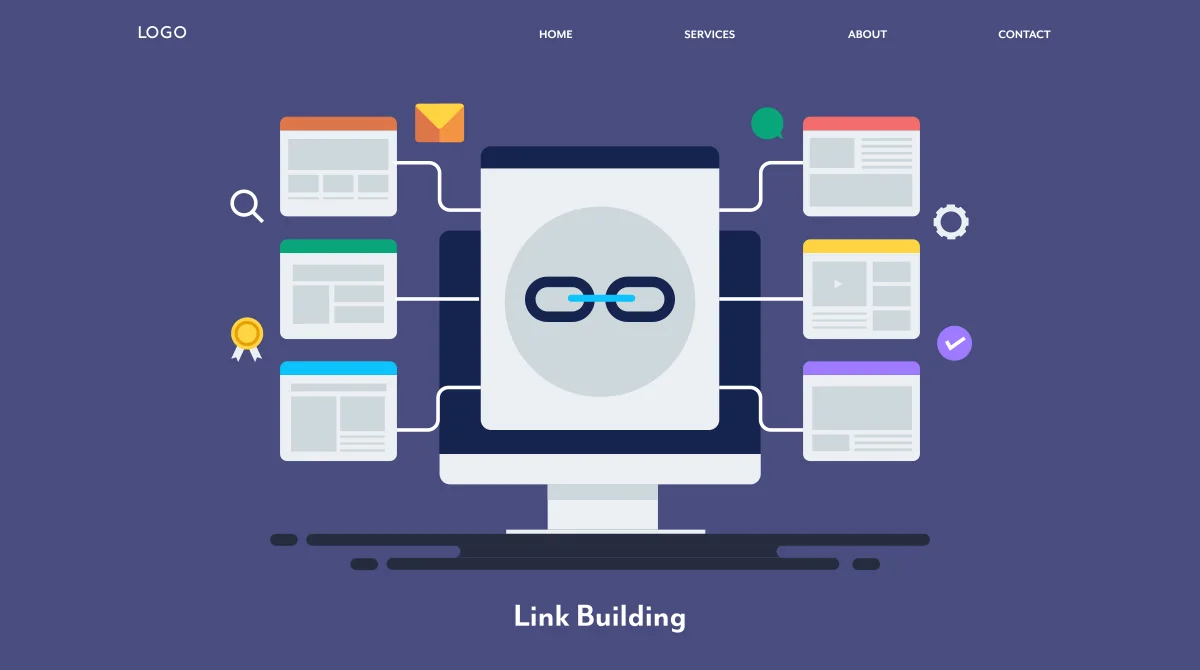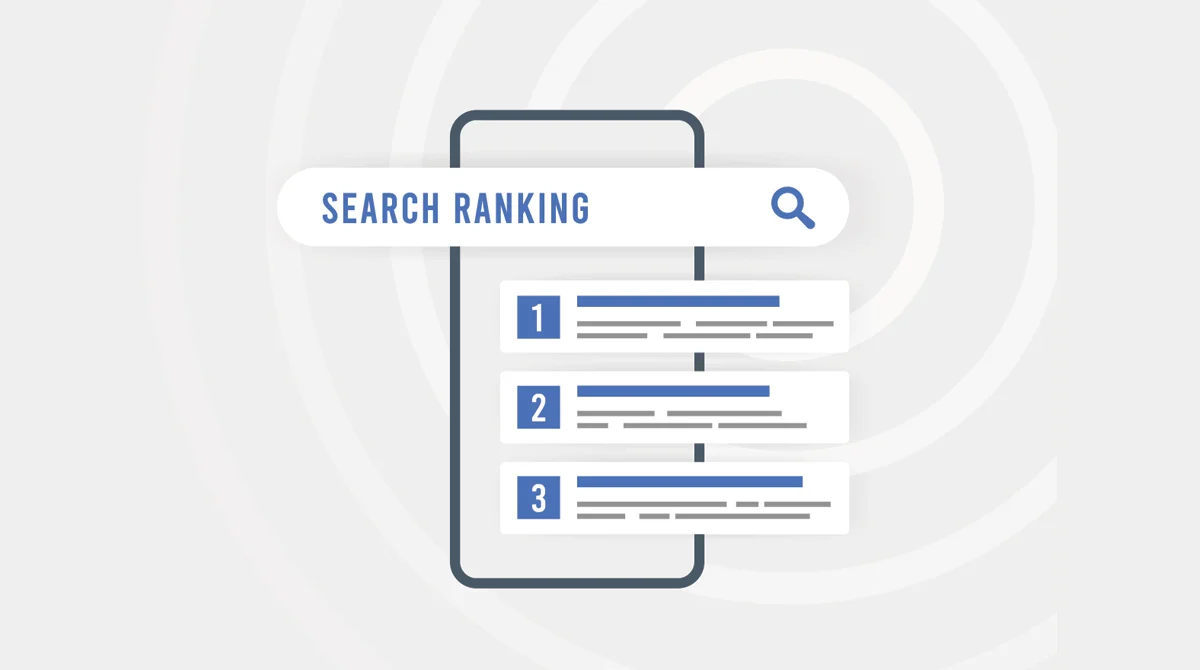Your website’s colour combinations speak volumes in the digital market but lack words. The bad colour choices can unconsciously drive away prospective customers, while good ones can change the perspective user takes about the brand.
This complete guide will also give you the following:
- Understanding the psychology of colour
- Indication of the different kinds of colour schemes
- Methodical approach for colour selection
- Strategies for background and typography choices
- Tips to communicate through colour
This includes all you want for a business owner, designer, or marketing officer: road impulse to transform the visual diacritic of your website from just mere decoration to a sophisticated transformation tool.
The fundamentals of an appealing colour scheme
Choosing a colour scheme for an organisation is one of the most critical strategic decisions and goes beyond pure aesthetic preferences. It is a very complex process of visually communicating one’s psychological and brand identity with the interface design for the user experience.
A well-designed colour scheme serves some strategic purposes:
- Communicates brand personality and values
- Guides user interaction and navigation
- Creates emotional resonance with target audiences
- Enhances overall user engagement and experience
Types of colour schemes
Professional web designers typically utilise several established colour scheme approaches:
- Monochromatic Schemes: This approach involves the range of the different tones of a single colour, crafting a high-elaborated and more elegant design. The monochromatic schemes tend to wear balance and a sophisticated, unified look with less depth and complexity.
- Complementary Scheme: Involves two colours directly opposite on the colour wheel – creating high contrast and dynamic visuals. Under careful blending, these schemes can be really quite dramatic.
- Analogous Scheme: These schemes are made up of colours next to each other in the colour wheel, producing harmoniously calming pictures. They evoke naturally integrated and soothing feelings.
- Triadic Schemes: Use the three colours at equal distances on the colour wheel, which could result in lively but perfectly balanced visual compositions without giving up their professional elegance.
How to Choose the suitable colour scheme for the website
The process of choosing the perfect colour combination is rather complicated and is an exciting marriage of craft and strategy. It requires an in-depth understanding of brand identity, audience psychology, and principles of visual communication. This section describes a more systematic approach to developing a colour palette that reflects your brand’s core message while connecting meaningfully with your target audience.
Using Colour Psychology to Choose Colours
Among the advanced techniques in understanding how colours affect human beings is colour psychology. This is not just about choosing an ideal palette. Using colours strategically also sets a contextual emotional connotation.
Colour Meanings and Emotional Associations
Different colours invoke emotions and responses of various kinds:
Red:
- Symbolises passion, power, excitement
- Triggers urgency and intense emotions
- Associated with love, danger, and bold action
Blue:
- Represents trust, reliability, and competence
- Evokes feelings of calm and stability
- Commonly used in corporate and professional contexts
Green:
- Signifies health, growth, and natural balance
- Associated with prosperity and renewal
- Creates a sense of harmony and well-being
Yellow:
- Embodies optimism and creativity
- Stimulates mental activity
- Generates feelings of happiness and warmth
Orange:
- Conveys energy, warmth, and enthusiasm
- Suggests freedom and playfulness
- Creates a sense of comfort and sociability
Purple:
- Implies luxury and sophistication
- Associated with creativity and mystery
- Evokes a sense of royal elegance
Pink:
- Communicates nurturing and gentleness
- Suggests sincerity and warmth
- Often associated with compassion
Black:
- Represents power and sophistication
- Conveys elegance and mystery
- Can suggest both strength and intensity
White:
- Symbolises purity and clarity
- Suggests cleanliness and simplicity
- Creates a sense of spaciousness and neutrality
Context: The Critical Interpretative Factor
In fact, colour meanings are not given but are highly contextual. The same colour can thus evoke different feelings according to:
- Surrounding design elements
- Cultural context
- Personal experiences
- Specific implementation and accompanying visual cues
Choose your background
Background colours comprise the standard canvas of digital design for a whole website: they set the tone, mood, and atmosphere against which your entire website is assessed and read. Background colours also determine the readability and user perception of the whole aesthetic experience.
The background colour is one of the most vital design decisions, including:
- Neutral Backgrounds (whites, light greys)
- Enhance readability
- Create clean, modern aesthetics
- Provide visual clarity
- Soft, Muted Tones
- Create sophisticated design landscapes
- Offer subtle visual depth
- Maintain professional appearance
- Dark Backgrounds
- Provide dramatic contrast
- Require careful implementation
- Best used with strategic colour considerations
Consider your typeface
Colour is a significant characteristic that determines the interface between visual communication and the audience. The colour encodes the emotional and professional tone of your website, and not only the readability.
Typography and colour are naturally connected to:
- Ensure high contrast between text and background.
- Select typeface colours to maintain readability.
- Establish a clear visual hierarchy.
- Maintain consistent colour application across digital platforms.
Colours
Colour is a psychological asset that represents the identity of the brand, directs the engagements that the users will have, and affects emotional reactions. Each choice of colour has been a strategic decision that could affect the engagement of the user, such as:
- Primary Colour: Core brand identity representation
- Secondary Colours: Supporting visual elements
- Accent Colours: Critical interaction point highlighting
- Palette Discipline: Limit to 3-5 colours maximum
Why are website colour schemes important?
In essence, colour in the digital space is even more than an aesthetic choice; it is a vital communication tool, articulating much more about your brand before a single word is read. Thus, a well-crafted colour scheme becomes the silent ambassador of your brand, communicating complex messages through visual language and psychological triggers.
There are several critical dimensions in which the strategic significance of colour schemes extends:
- Identity and Recognition of the Brand: These are the visual DNA of your brand. A consistent colour palette creates instant recognisability. This is important since it will help your brand stand out in a crowded digital mall. Think Coca-Cola (red), Facebook (blue) or Starbucks (green)-you barely have to say more.
- Emotional Link and User Experience: Truly, colours evoke strong emotions; thus, they can make a difference when it comes to the perceptions and actions of users. The right scheme of colours can create trust, excitement, calmness, or professionalism, and it relates to how users visit and perceive your website and brand.
- Psychological Guidance and User Navigation: Intelligently applying colour may lead the user’s attention, emphasis critical actions, and create intuitive navigation paths. Accent colours can summon the call-to-action buttons, and background colours can create visual hierarchies, improving the overall user experience.
- Business Values Communication: Colours convey the personality of a brand and its core values without using words. An example of this is – cool blues can be typically used to suggest reliability for a tech company, and very bright, energetic colours for an agency, showing it is innovative and creative.
- Conversion and Engagement Optimisation: Intelligently curated colour combinations can have a very high influence on user behaviour, including conversion rates. Bringing together colours that resonate with your target population enhances time spent at the site, reduces bounce rates, and ultimately brings to the doorway more conversions and quality interactions.
- Competitive Differentiation: In the sharp-edged digital world, where every user is bombarded with heaps of visual information, it is special for the audience to have a distinctive and intelligent colour scheme. It’s high-breaking visual noise to make a great initial impression.
- Accessible and Inclusive Design: A well-thought-out colour scheme considers accessibility, hence ensuring that the website is readable and navigable by people of varying visual abilities. That shows brand consideration as well as widened brand reach.
- Cross-Platform Cohesion: A strategic colour scheme provides visual consistency when it pertains to cross-digital platforms-from websites to mobile applications, social media, and beyond which a collective experience is created in tandem with the brand.
Knowing and harnessing the effects of colour will enable companies to change what websites are from very digital zones into active, communicative spaces that really speak to their target audience.
Conclusion
So, besides having it on your mind, choosing a suitable colour scheme is also a matter of business strategy-and it’s serious. This guide has given you a comprehensive framework to the point that it can:
- Understand the psychological effects of colours
- Make informed decisions about the layout
- Find the harmony of colours with brand identity
- Increase user experience
We at Make My Website, for businesses that are looking towards having a professional execution, offer such previously known learned experts to colour strategy professionals. Bringing these principles into practice to make compelling digital experiences is the business of our team members.
Shift your website colour strategy from being an afterthought into a competitive advantage.



















